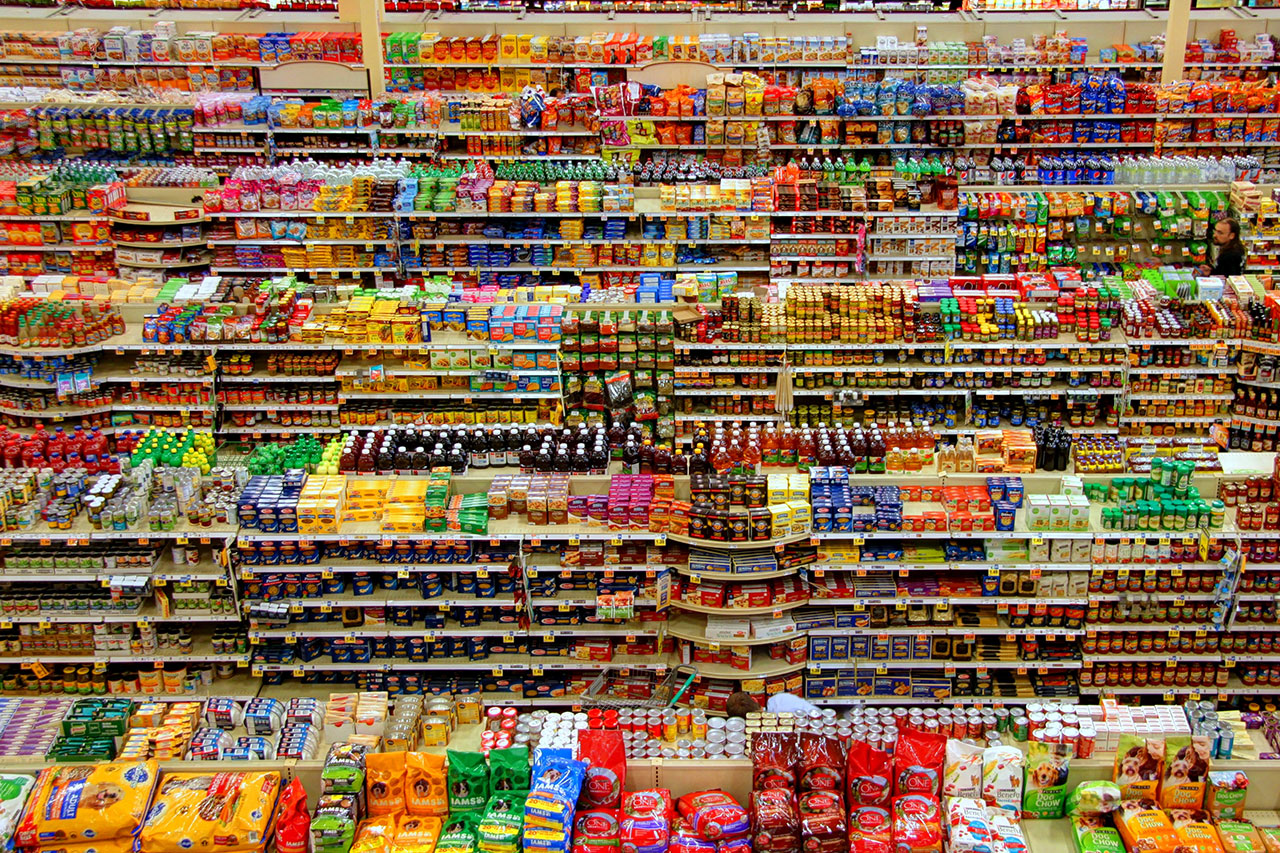
15 Sep Consumer-Driven Packaging Trends
Those who work in the packaging industry and progressive businesses are well aware that packaging trends are changing, partially due to consumer behavior and preferences. As is often said, money drives the market. The goal is to obtain as many consumer dollars as possible, so it certainly makes sense that these coveted individuals are steering the private sector’s packaging trends.
How Consumer Values Drive Packaging Trends
Modern-day consumers have a conscience. Sadly, the consumers of yesteryear were not as concerned with the sustainability of their surrounding environment and the quality of life of future generations of humanity. Low cost and disposability reigned supreme. Nowadays, consumers are concerned with posterity, meaning the well-being of future generations and the planet.
This push for sustainability is forcing the packaging industry to evolve. Businesses that respond accordingly with truly sustainable packaging will win favor with eco-conscious consumers, advancing their bottom line. In particular, members of the Millennial and Generation Z age favor sustainable packaging as they have several decades remaining on this increasingly fragile planet.
The desire for sustainability encompasses the entirety of the product itself as well as the process and materials used to transport the product. This means businesses that tout and implement genuinely sustainable packaging are much more likely to gain favor with consumers who are genuinely interested in preserving their surrounding environment for future generations.
The Goal is to Reduce Packaging Waste
If you were able to travel back through time to the 80s or even the 90s, you would find people and businesses acted with little regard for the environment. Recycling was not popular. Disposable items were used without a second thought.
Fast forward to the new millennium, and you’ll notice a focus has started to shift toward sustainability. Though consumer capitalism is still the dominant economic system, it is transitioning toward a model that minimizes packaging waste using as little material as possible. Businesses are leaning toward biodegradable materials, post-consumer waste paper, and other materials that can be recycled.
As an example, the packaging industry is now using paperboard packaging with regularity. Paperboard packaging is reliable, flexible, and capable of safeguarding all different types of products during transportation. As time progresses, more corporate brands will begin to implement paperboard packaging in the quest to remove plastic and other packaging materials that pose not only a threat to the environment but human health as well.
Packaging Minimalism is En Vogue
Less is now more both in the context of consumerism and packaging. People are looking for ways to reduce their strain on the environment. One such way is to reduce the amount of packaging used to transport consumer goods. In fact, the minimalist trend even extends to the aesthetics of packaging. Customers now gravitate toward packaging that is diminutive, visually quiet, fresh, and clean-looking. The typical consumer wants the focus to be on the product itself rather than the packaging used to protect and transport it.
Minimalism jives with the overarching trend of sustainability in every possible way. The reduction of the amount of packaging used to transport consumer goods decreases packaging waste, ultimately benefitting the environment, wildlife, and future generations of people to come.

